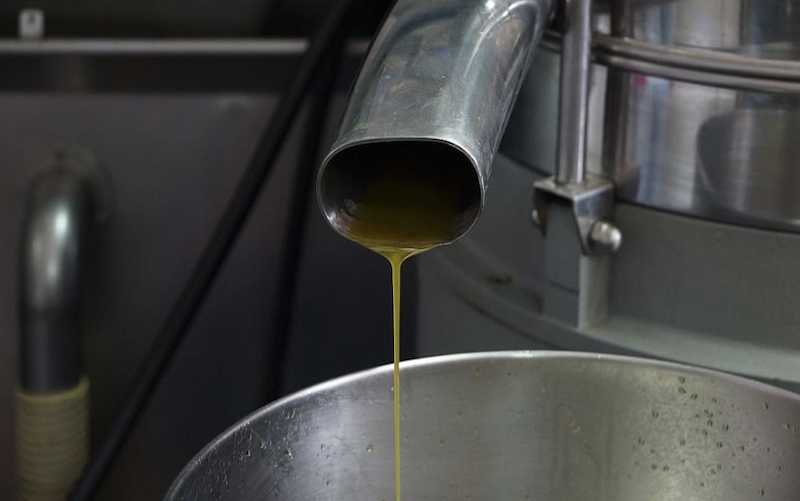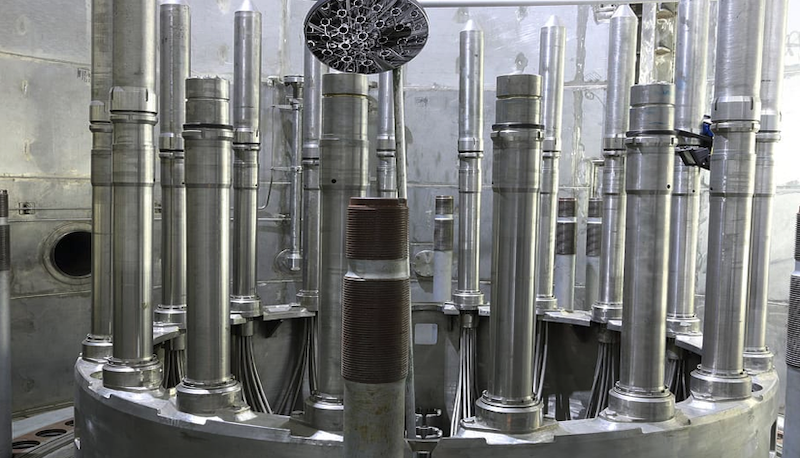Exploring the Latest Trends in Botanical Extraction Equipment
As the demand for botanical extracts continues to rise, the extraction industry is innovating at a rapid pace.
In this article, we will delve into the latest trends in botanical extraction equipment, discussing how these advancements are transforming the extraction process and the quality of the final product.
Ultrasonic Extraction: Revolutionizing the Process
One of the latest trends in botanical extraction is the use of ultrasonic technology. This method utilizes high-frequency sound waves to create cavitation bubbles in the solvent, which then collapse and release energy.
This energy helps to break down plant cell walls, facilitating the release of the desired compounds.

Some advantages of ultrasonic extraction include:
- Increased efficiency: Ultrasonic extraction has been found to improve the yield of target compounds, reducing the time and solvent required for extraction.
- Enhanced quality: The gentler extraction process preserves the integrity of the extracted compounds, resulting in a higher-quality product.
- Environmentally friendly: Due to its reduced solvent usage and energy consumption, ultrasonic extraction is considered more sustainable than traditional methods.
Supercritical Fluid Extraction (SFE): An Eco-Friendly Alternative
Supercritical Fluid Extraction (SFE) is another emerging trend in the botanical extraction industry. It involves the use of supercritical fluids, such as carbon dioxide (CO2), as solvents. These fluids exhibit properties of both liquids and gases, allowing for efficient extraction and separation of target compounds.
Key benefits of SFE include:
- Purity: The absence of residual solvents ensures a high-quality extract with minimal contaminants.
- Selectivity: By adjusting pressure and temperature, SFE can be tailored to extract specific compounds from a plant material, resulting in a more targeted product.
- Green technology: SFE is considered an environmentally friendly method due to its minimal waste production and use of non-toxic solvents.
CO2 Extraction: A Popular SFE Method
CO2 extraction is a widely used form of SFE, as it offers additional advantages, such as:
- Cost-effectiveness: CO2 is a readily available and inexpensive solvent.
- Safety: CO2 is non-toxic and non-flammable, reducing potential hazards in the extraction process.
- Versatility: CO2 extraction can be used for a variety of plant materials and target compounds.
Microwave-Assisted Extraction (MAE): Speed and Efficiency
Microwave-Assisted Extraction (MAE) is a recent trend that utilizes microwaves to heat solvents and plant material. This method accelerates the extraction process by increasing the solvent’s penetration into the plant matrix.
Some advantages of MAE include:
- Faster extraction times: MAE can significantly reduce extraction time compared to traditional methods.
- Energy efficiency: The targeted heating of solvents minimizes energy consumption.
- Improved yields: The rapid extraction process can result in higher yields of target compounds.
Integrated Extraction Systems: Streamlining the Process
Integrated extraction systems are gaining popularity as they combine multiple extraction methods into one streamlined system. These systems allow operators to seamlessly transition between different extraction techniques, offering several benefits:
- Flexibility: Integrated systems can be customized to suit specific extraction requirements, making them suitable for a wide range of applications.
- Time and cost savings: Combining multiple extraction methods in a single system reduces the need for additional equipment and lowers operating costs.
- Improved product quality: Integrated systems can optimize the extraction process, resulting in a higher-quality final product.

Automation and Artificial Intelligence in Extraction Equipment
Automation and artificial intelligence (AI) are becoming increasingly prevalent in the botanical extraction industry. This trend is driven by the need to improve efficiency, reduce human error, and optimize the extraction process.
Key benefits of automation and AI in extraction equipment include:
- Consistency: Automated systems ensure that extraction conditions are maintained, resulting in a more consistent product.
- Time savings: Automation reduces the need for manual labor, allowing operators to focus on other tasks.
- Enhanced decision-making: AI can analyze data from the extraction process and make informed decisions to optimize yields and product quality.
Machine Learning for Process Optimization
Machine learning, a subset of AI, is being used to analyze and optimize the extraction process. By analyzing data from previous extraction runs, machine learning algorithms can identify patterns and correlations, enabling them to predict optimal extraction conditions for specific plant materials such as extracting THC from cannabis.
For the extraction process, it is used a THC extraction equipment.

The Rise of Customizable Extraction Equipment
As the botanical extraction industry continues to diversify, the demand for customizable extraction equipment is increasing. Manufacturers are responding to this trend by offering modular systems that can be tailored to suit specific needs.
Some advantages of customizable extraction equipment include:
- Adaptability: Modular systems can be easily modified or expanded to accommodate changing requirements.
- Cost-effectiveness: Customizable equipment allows users to invest in only the components they need, reducing initial costs and ongoing maintenance expenses.
- Scalability: Modular systems can be scaled up or down to suit the size of the operation, making them suitable for both small-scale and large-scale production.
The Push for Sustainable Extraction Practices
Sustainability is becoming a priority in the botanical extraction industry, with companies seeking to minimize their environmental impact. This trend is driving the development of new extraction methods and equipment that prioritize eco-friendly practices.
Key aspects of sustainable extraction practices include:
- Reduced solvent use: Emerging extraction methods, such as ultrasonic and supercritical fluid extraction, require less solvent than traditional techniques, reducing waste and pollution.
- Energy efficiency: Newer extraction technologies, such as Microwave-Assisted Extraction, consume less energy, lowering the industry’s carbon footprint.
- Use of green solvents: The adoption of non-toxic, biodegradable solvents, such as CO2, supports a cleaner extraction process and a safer end product.
Sustainable Practices
The latest trends in botanical extraction equipment are revolutionizing the industry, offering improved efficiency, enhanced product quality, and more sustainable practices.
Innovations such as ultrasonic extraction, supercritical fluid extraction, microwave-assisted extraction, integrated extraction systems, automation, AI, customizable equipment, and the focus on sustainability are shaping the future of botanical extraction.
By embracing these advancements, the industry can continue to meet the growing demand for high-quality botanical extracts while minimizing its environmental impact.

